Exploring the Versatility of Brushless Hub Motors
Brushless hub motors, particularly the brushless hub motor 24v 300w, represent a significant advancement in electric motor technology. These motors are engineered to convert electrical energy into mechanical energy without the friction and wear associated with brushes found in traditional motors. This specific category of motors is widely recognized for its efficiency and durability.
Understanding the Mechanics of 24V 300W Brushless Hub Motors
The 24v 300w brushless DC motor operates on direct current and is known for its compact design and impressive power output. It is constructed with a rotor, stator, and a sensor that aligns the drive electronics with the rotor position. The absence of brushes reduces maintenance needs and increases the lifespan of the motor.
Applications of Brushless DC Motors
Brushless DC motors are integral in various applications due to their reliability and efficiency. The brushless DC motor 24v is particularly suitable for devices requiring precise speed control, such as medical equipment and robotics. Its use extends to personal transportation devices, where consistent torque and speed are essential.
Features and Materials of 24V Brushless Hub Motors
The 24v brushless motor is constructed using high-grade magnets and electrical windings that ensure efficient operation. The materials are selected for their ability to withstand operational stresses, contributing to the motor's robustness and longevity.
Advantages of the 300W Brushless Motor
The 300w brushless motor stands out for its energy efficiency, which is a result of minimal energy lost to friction and heat. This efficiency translates to better battery life in portable applications and reduced operational costs in industrial settings.
Selecting the Right Brushless Hub Motor
When choosing a brushless motor 24v 300w, it is crucial to consider the specific requirements of your application. Factors such as torque, speed, and power should align with the operational demands to ensure optimal performance.


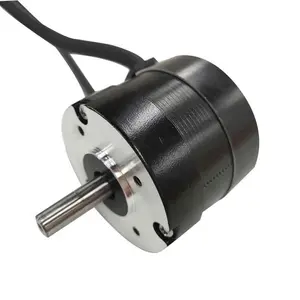



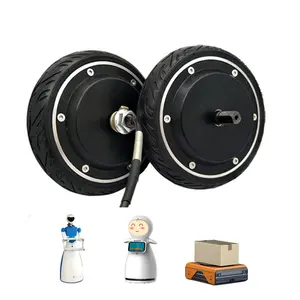

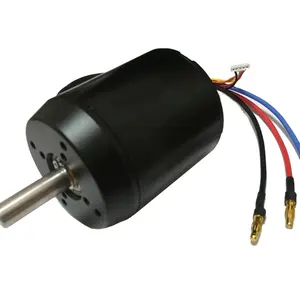



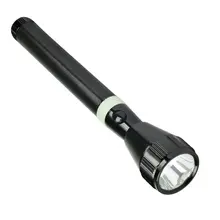
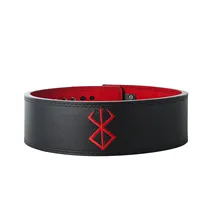



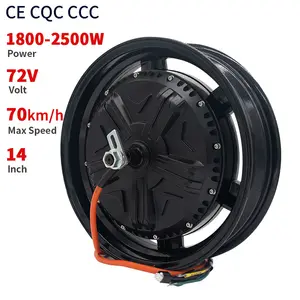


























 浙公网安备 33010002000092号
浙公网安备 33010002000092号 浙B2-20120091-4
浙B2-20120091-4